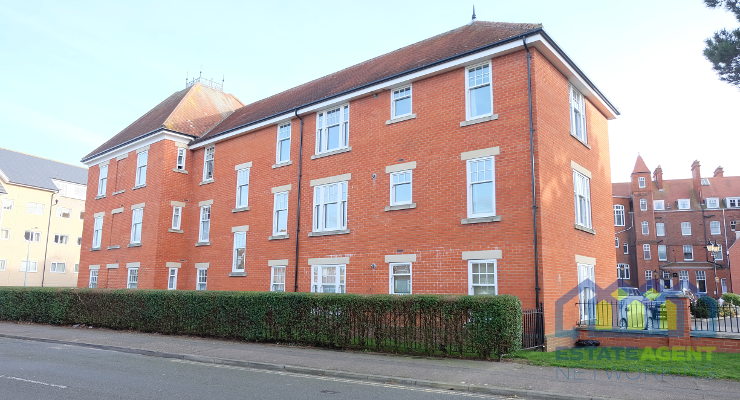What is in store for the student property market in 2016?
In recent years, the number of students in the UK has reached record levels, even though there was a slump following the cap on tuition fees in 2012.
As this number has increased so has the amount of money invested in student property. Demand for high quality student accommodation has increased and this likely to continue for the foreseeable future.
During 2015, investment reached 5.7 billion and this removed any form of concerns over the market which was known as a niche asset class. As 2015 was a strong year, with investment doubling, how will 2016 perform? UCAS have shown that student numbers are continuing to rise and this will enable the investment trend to continue.
The deadline for initial applications to UCAS ended in January and this once again showed that there is a year-on-year increase in the number of people wishing to study courses in the UK. These individuals come from abroad and in the UK.
In January, 593,720 applications were submitted which is an increase of 1,500 from the previous year.
The introduction of higher tuition fees in 2012 has had an effect on student numbers. The numbers have risen by 53,700 proving that this is a sector that has grown exponentially. This has seen investors show a real interest in the sector.
The number of overseas students coming to the UK has increased considerably and this has helped to push up application numbers. UCAS has stated that the number of students applying from the UK is around the same as last year. However, it is the overseas students that have helped to push the total number upwards.
Applications from Non-EU students increased by 500 during 2016 and this trend is likely to continue. Importantly, it was those applying from the EU who really helped to move interest in an upwards motion.
There was around 3,000 more applications from Europe this January when compared to 2015 which is a rise of 16%. To add to this, many universities have seen their EU student applications rise by 40% which is a staggering figure, especially when compared to last year.
The Higher Education sector in the UK is one that has an excellent reputation. This will mean that applications will continue to rise for many years. This is a crucial factor for those looking to invest in property because demand will climb and returns will improve.
So how does this affect investment in student accommodation?
The amount of money spent on the sector could change but the confidence in the sector will still remain as student numbers grow.
There are a number of changes that could see investment move in different ways. There is a new stamp duty increase which means that landlords are unlikely to purchase single properties because there will be an increase in costs.
This could lead to increased institutional investments. There are a lower number of applicable homes currently available in this market and this means that the student property investments could be propelled further towards the build-to-rent idea. This will see investors purchasing purpose-built student accommodation.









